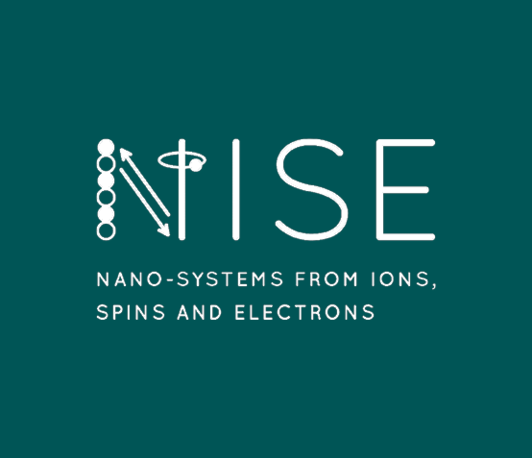Nonreciprocal transport in superconductors into two-dimensional limit
NISE Seminar
- Date: Mar 6, 2025
- Time: 10:30 AM - 11:30 AM (Local Time Germany)
- Speaker: Tianzhe Chen
- Location: Max-Planck-Institut für Mikrostrukturphysik, Weinberg 2, 06120 Halle (Saale)
- Room: Lecture Hall, B.1.11

Symmetries play important roles in superconductivity and influence many of its properties in a profound way. Two of them, time reversal and inversion symmetry, are particularly important in forming unconventional Cooper pairings. When at least one of the two is absent in the superconductors, the Cooper pairing emerges in non BCS forms. Ferromagnetic superconductors, lacking in time reversal symmetry harbor a spin-triplet Cooper pairings, while missing inversion symmetry in non-centrosymmetric superconductors gives rise to a mixed Cooper pairing, the even parity spin-singlet pairing and the odd parity spin-triplet pairing. Recently, researchers have found the superconducting diode effect (SDE) when Cooper pairs lack in both of the two symmetries, thus manifesting directional different dissipationless critical supercurrents characterized in current-voltage curves when applied an electric supercurrent.
Here, we first illustrate the emergent unconventional superconductivity in a newly found non-centrosymmetric superconductor by strain engineering design. On the other hand, proximity effect, in which the coupling between distinct order parameters across the interface of heterostructures, such as spin order, charge transfer, spin torque, spin density wave, spin current, skyrmions and Majorana fermions, underlines the most novel phenomena. Superconducting proximity effect emerges when Cooper pairs from a superconductor propagate into the adjacent materials and induce superconducting states in these materials, while inverse proximity effect describes the controlled tunable superconductivity from its neighbors, such as ferromagnetic, ferroelectric (polar) or multiferroic materials. Second, we will introduce the distinguised unconventional superconductivity found in different superconductor-multiferroic heterostructures. In summary, we have found different ways to achieve unconventional superconductivity by strain engineering or proximity effect.